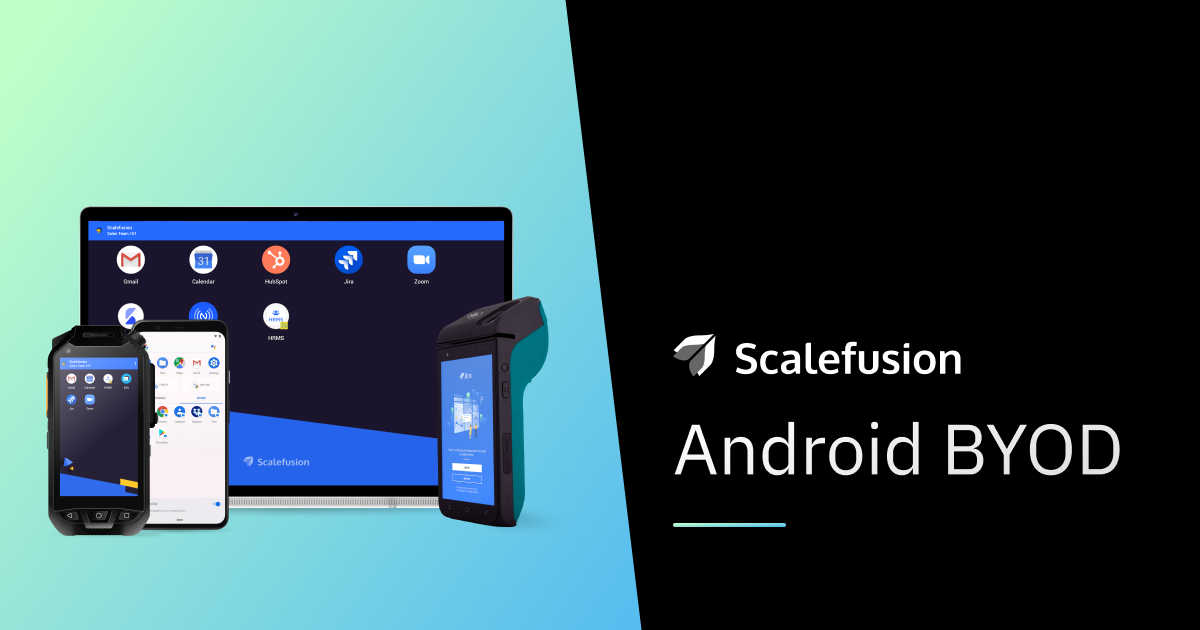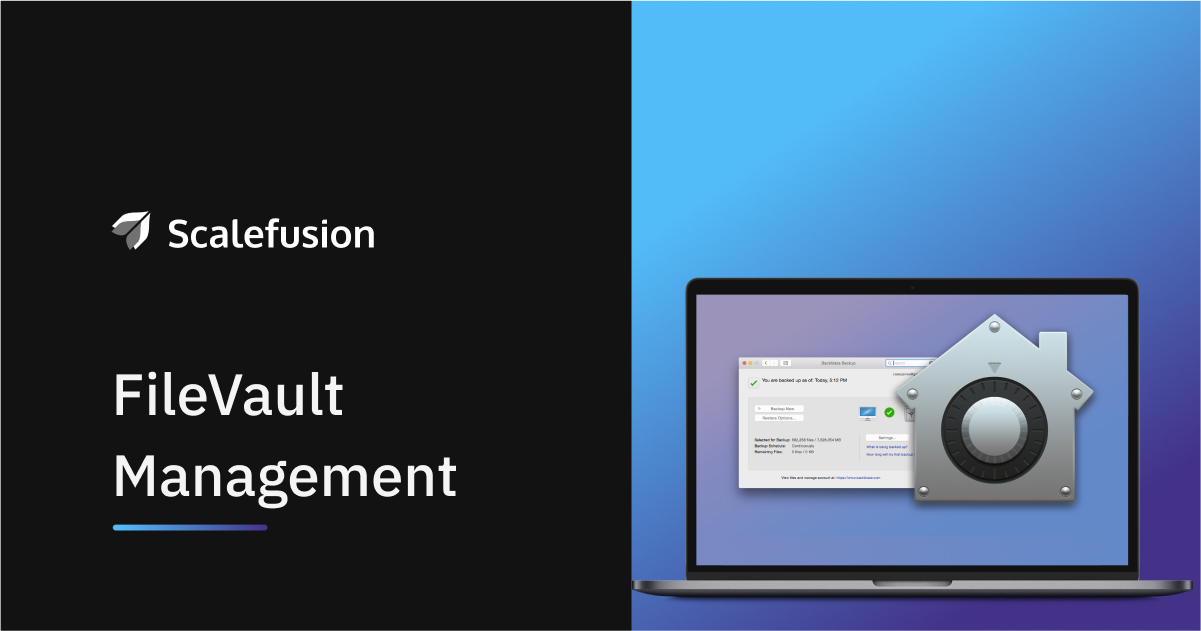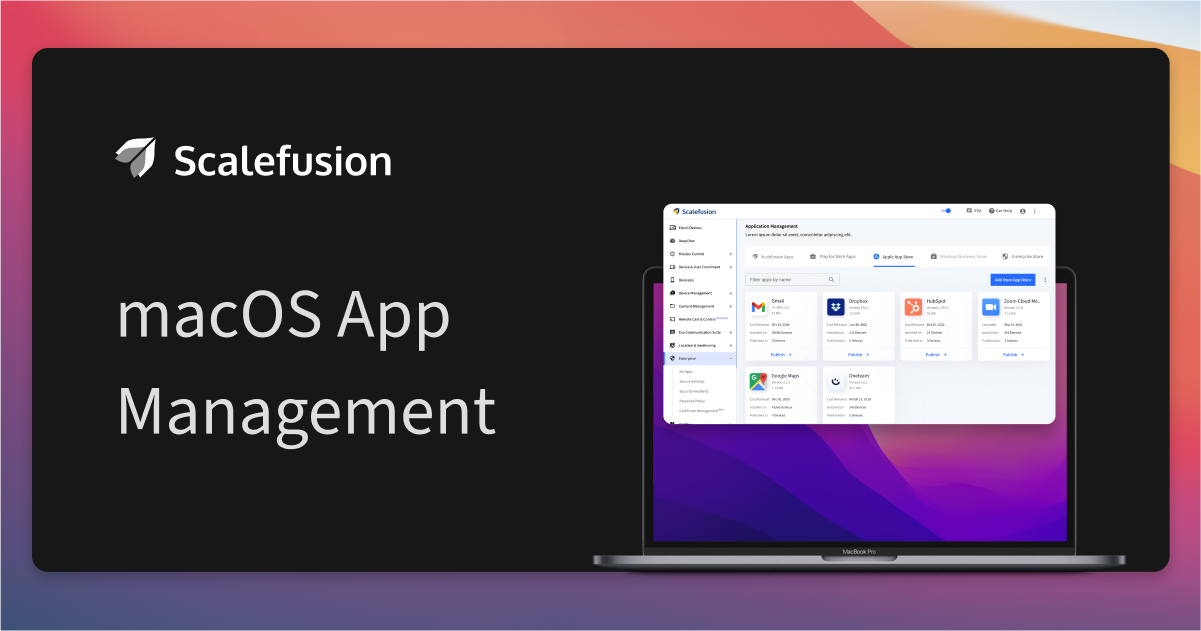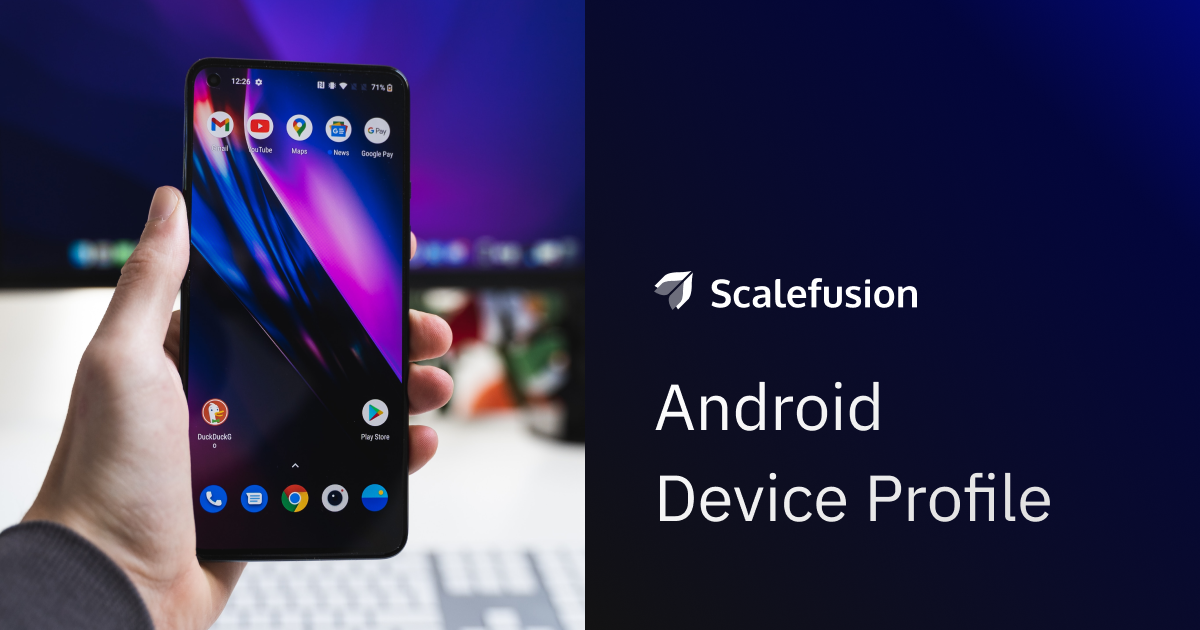Communication is pivotal in keeping students, faculty, and visitors informed within schools and universities. Digital signage software for schools revolutionizes how information is shared and displayed. Traditional bulletin boards and paper-based notices no longer suffice to meet the needs of modern educational institutions.
Digital signage software for schools allows admins to manage digital signage content across multiple screens throughout campuses. With the right software, schools can easily broadcast announcements, showcase student achievements, display lunch menus, or even share motivational content in real time. These dynamic digital signage displays make it easier for schools to reach their entire community with up-to-date information, eliminating the hassle of manual updates.
Highly customizable platforms enable schools to tailor their messaging to different audiences—whether it’s for students, teachers, or parents. The flexibility and ease of use of such tools make them an ideal solution for schools looking to create a tech-friendly, efficient learning environment.
This article will guide you through some of the best digital signage software options available for educational facilities, helping you choose the one that fits your school’s needs, budget, and technological capacity.
Benefits of Digital Signage Software for Schools
Incorporating easy-to-use digital signage software into schools can transform communication strategies and improve the overall environment for students, teachers, and visitors. Let’s explore the benefits that go beyond just replacing traditional bulletin boards:
1. Real-Time Communication and Updates
One of the most significant advantages of digital signage is its ability to deliver real-time updates. Whether it’s a sudden change in class schedules, event cancellations, or even emergency alerts, schools can instantly broadcast important information across all connected displays.
This ensures that no one misses out on important information, something that is vital in large campuses where students and staff are spread out. Unlike printed posters, which take time and resources to update, digital displays ensure the latest information is always accessible, reducing delays in communication.
2. Enhanced Student Engagement
Digital signage displays captivate attention with vibrant visuals, videos, and animations, surpassing the impact of static posters. Schools can utilize these dynamic displays to showcase student achievements, highlight important projects, and feature creative work, fostering a sense of pride and encouraging students to take ownership of their accomplishments. This visible platform not only celebrates their efforts but also motivates them to strive for excellence
3. Cost-Effectiveness and Sustainability
While the initial setup of digital signage may seem costly, it proves to be a cost-effective solution in the long run. Schools can significantly cut down on the expenses of printing and reprinting posters, flyers, and announcements. Moreover, the use of digital signage aligns with sustainability goals by reducing paper waste, an important consideration for schools aiming to adopt greener practices.
4. Centralized Control and Management
Managing traditional noticeboards requires manual labor and strong organizational planning, but with digital signage software, all displays can be managed from a single, centralized location. This means content can be updated remotely and in bulk, significantly reducing the time and effort needed to distribute information.
Also, this system allows for role-based access, ensuring that different departments can manage their content without interfering with others. Whether it’s administrators updating emergency procedures or teachers sharing curriculum details, this centralized system increases efficiency and reduces the margin for error.
5. Customizable Messaging for Different Audiences
Schools cater to diverse groups—students, parents, faculty, and visitors. Digital signage software enables schools to tailor content for specific audiences. For example, screens in student lounges can showcase extracurricular activities and student announcements, while displays near administration offices can focus on information relevant to parents and staff. The ability to target specific groups ensures that the right information reaches the right people, improving overall communication.
6. Safety and Emergency Alerts
In emergencies like lockdowns, fire drills, or severe weather conditions, timely communication is essential. Digital signage systems can override standard messaging and instantly display safety instructions and emergency alerts across all screens. This ensures a rapid response to potentially life-threatening situations and makes it easier for staff to manage evacuation procedures, providing clear directions to students and staff when it matters most.
7. Increased Administrative Efficiency
By automating the content delivery process, digital signage frees up time for administrators and IT staff. Pre-scheduled announcements or recurring events, like daily bulletins, lunch menus, or attendance reminders, can be programmed in advance. This automation lets administrators focus on urgent tasks while keeping the campus informed effortlessly.
5 Top Digital Signage Software for Schools and Educational Institutions
1. Scalefusion UEM
Scalefusion is one of the top solutions for managing digital signage in educational settings, providing an all-encompassing platform for controlling a variety of devices. As a Unified Endpoint Management (UEM) tool, it supports Android, iOS, macOS, Windows, and Linux, making it highly adaptable for the diverse range of devices found in schools today. With Scalefusion, schools can transform devices such as tablets, laptops, desktops, and Android TVs into active digital signage displays, streamlining communication across campuses.
Scalefusion’s UEM platform offers extensive features that enable IT admins to remotely manage and control signage devices, ensuring content is updated in real-time and devices are secure. This makes it an ideal choice for schools looking to display announcements, timetables, event notices, or emergency information across multiple screens in various locations.
Key Features:
- Multi-Device Support: Supports a wide range of operating systems including Android, iOS, Windows, macOS, and Linux.
- Remote Management: Allows IT admins to remotely manage and update signage content, making it ideal for large educational institutions.
- Content Scheduling: Schedule content such as announcements or presentations for specific times, automating displays to fit the school calendar.
- Kiosk Mode: Lock devices into a dedicated signage mode to prevent tampering or unauthorized access.
- Multiple Media Formats: Supports video, images, and presentations in various formats (MP4, JPEG, PNG) to cater to diverse communication needs.
Unique Features:
- Cross-Platform Control: Manage a network of digital signage devices from a centralized dashboard across all major operating systems.
- Security Measures: Advanced features like kiosk lockdown and remote monitoring ensure all devices remain secure, which is essential for schools with sensitive student data.
- User-Friendly Interface: Scalefusion’s intuitive dashboard makes it easy for school admins to upload, schedule, and update content, even for staff with minimal technical expertise.
- Industry-Adaptable: Though it excels in educational settings, Scalefusion is also flexible to other industries, in case schools have other digital signage needs.
Pros:
- Ensures seamless integration into a school’s existing infrastructure with support for multiple operating systems.
- Simplifies content management across multiple signage devices through a unified dashboard.
- Enables the use of dynamic content, such as videos and interactive presentations.
- Provides device lockdown and remote troubleshooting, ensuring that signage devices remain functional and secure.
Cons:
- Reliance on stable internet connectivity. Content updates and remote management may be interrupted during internet outages.
- Optimized with a broader UEM package. Digital signage management offers advanced features that a school may not need if they’re only using it for basic signage purposes.
Pricing:
- Plans start at $2 per device per month (Billed annually).
- A 14-day free trial is available, along with a free demo.
2. SignageLab
SignageLab is a digital signage solution that focuses on delivering secure, scalable, and robust signage networks tailored to various industries, including education. By utilizing signageOS, a unified cloud-based digital signage management platform, SignageLab enables users to manage content remotely, across multiple devices and platforms, with ease. Their solution emphasizes secure device connections, content deployment, and consistent management across diverse hardware.
Through partnerships and technologies like signageOS, SignageLab enhances content delivery efficiency while maintaining high standards of security, making it a reliable choice for industries that require centralized management of dynamic content across multiple endpoints.
Key Features:
- Cross-Platform Digital Signage: Supports multiple devices and operating systems, offering seamless signage deployment across platforms.
- Real-Time Diagnostics: Provides advanced tools for monitoring performance and troubleshooting in real-time.
- Scalable Deployment: Allows for easy scaling across multiple locations or devices.
- API Integrations: Customizable with APIs for integrating third-party apps.
Unique Features:
- Universal Hardware Compatibility: Works across a broad range of signage hardware and OS.
- Custom Digital Signage Solutions: Supports building tailored applications for specific needs.
- Advanced Analytics: Provides detailed performance insights for optimizing content delivery.
Pros:
- Allows management of digital signage from anywhere via a cloud-based control panel.
- Enables the creation of custom applications for digital signage through a dedicated development environment.
- Supports a wide range of devices and features for enhanced flexibility.
Cons
- No pricing information is available on the website. This makes it difficult to compare SignageOS to other digital signage software products.
- Some features may be limited during the trial period.
- There are no customer reviews on the website. This makes it difficult to get an idea of what other users think of SignageOS.
Pricing:
- Pricing is available on request.
- Offer a 30-day free trial for new users.
3. Rise Vision
Rise Vision is a cloud-based digital signage software that empowers users to easily create, schedule, and manage content for their digital displays. Its simplicity and user-friendly interface makes it an excellent option for schools and educational facilities that need to frequently update their signage with fresh content.
With dynamic content creation tools, Rise Vision allows institutions to regularly refresh their displays, ensuring relevant information is always shown. The platform is highly intuitive, enabling users to create custom content effortlessly, even without technical expertise.
Key Features:
- Flexible Integrations: Automatically pull content from platforms like Google Slides, Canva, Twitter, and more, streamlining the creation process.
- Custom Recommendations: Get fresh content ideas with weekly template recommendations and an annual calendar, ensuring no key events are overlooked.
- Large Template Library: Choose from professionally designed templates to create engaging content in just minutes.
- Content Management: Tailor content specifically to your school’s needs, and maintain control over how it’s displayed across different screens.
- Customer Support: Offers excellent customer service, ensuring any issues are resolved quickly and efficiently.
Unique Features:
- Template Library: Choose from over 500 templates to improve your communication.
- Screen Sharing: Transform displays into wireless presentation hubs with easy screen sharing.
Pros:
- Rise Vision provides a free tier along with tiered pricing plans, making it suitable for cost-conscious educational institutions.
- The platform allows users to manage content from any location with internet access, providing great flexibility.
- It can easily integrate with various applications like Google Sheets to display real-time data on signage.
Cons:
- The free version has restrictions on features and storage, requiring an upgrade for more capabilities.
- Users must supply their own media player, which can complicate initial setup and deployment.
- Since Rise Vision relies on user devices and internet connectivity, technical issues can lead to downtime, impacting communications.
Pricing:
- The plan starts at $10.50 per display per month.
- Offers a 14-day free trial.
4. Yodeck
Yodeck is a cloud-based digital signage solution that simplifies content creation and management for businesses, particularly in the education sector. Renowned for its intuitive interface, Yodeck makes it easy for educators to engage students and staff alike. It supports various media formats, including images, videos, and live streams, enabling dynamic and captivating displays.
With its scheduling features, users can plan content in advance, ensuring that relevant information reaches the audience at the right time. Yodeck also offers analytics tools to track engagement and effectiveness, empowering schools to optimize their messaging strategies effectively.
Key Features:
- Playlist Management: Effortlessly create and distribute playlists across multiple screens.
- Design Tools: Customize layouts and use templates for visually appealing content.
- Multi-Location Control: Manage displays centrally across various locations.
- Automatic Updates: Ensure seamless updates to digital signage players.
- Versatile Media Support: Includes diverse formats and real-time data feeds.
Unique Features:
- Free widgets for dynamic content like social media feeds and weather updates.
- Integration with BrightSign for smooth hardware transitions.
Pros:
- Accessible to users with different technical skills.
- Capable of handling various content types, including images, videos, and live feeds.
- Simplifies control over multiple displays across different locations.
Cons:
- Some users may experience a learning curve during the setup process.
- Occasional reports of players going offline, leading to display disruptions.
- The trial version offers restricted functionality, which may not fully showcase the platform’s capabilities.
Pricing:
- The basic plan starts at $8 per screen per month.
- Yodeck offers a free plan for one screen.
5. NoviSign
Novisign is another leading digital signage system for schools. It is designed to improve communication in educational environments. It offers an easy-to-use platform that helps schools and universities create dynamic displays, manage announcements, and schedule content across multiple screens.
With features like real-time updates, multimedia support, and cloud-based access, Novisign simplifies content management for educational institutions. Its drag-and-drop interface allows for quick content creation, while centralized control ensures seamless operation across campuses, making it an ideal solution for enhancing communication in education.
Key Features:
- Remote Management of Screens – Easily control and monitor screens from any location, ensuring seamless operation and updates.
- Media-Rich Signage Creation – Allows users to create engaging content with multimedia elements like images, videos, and animations.
- Widgets for Dynamic Content – Supports clocks, weather updates, RSS feeds, HTML5, YouTube videos, and more to enrich signage displays.
- Interactive Kiosk Solution – Transforms signage into interactive kiosks, improving user engagement with touch-screen functionality.
- Digital Menu Boards – Perfect for restaurants, allowing businesses to display digital menus with ease.
- Applications Across Various Industries – Offers solutions for digital signage in retail, education, healthcare, and more.
Unique Features:
- Targeted Messages for Different Locations – Enables customized content delivery to various geographic locations, tailoring messaging for specific audiences.
- Ad-Supported Networks for Healthcare – Specializes in healthcare settings with ad-supported networks for targeted advertising and patient communication.
- Sensor-Driven Smart Signage – Uses sensors to deliver personalized messages based on customer choices or identities.
- NoviTizer PCB Card for Sanitizer Usage Tracking – Features a unique PCB card that tracks hand sanitizer usage and triggers content updates based on tank replacements, providing data-driven content interaction.
Pros:
- Offers a wide range of solutions for various industries, including retail, education, healthcare, and more.
- Allows for extensive customization of content, templates, and layouts to match specific branding and messaging needs.
- Enables remote management and control of digital signage networks, simplifying operations and reducing maintenance costs.
Cons:
- Can be expensive for smaller businesses or organizations with limited budgets.
- The software’s extensive features and customization options can make it complex to learn and use for those with limited technical expertise.
- May require compatible hardware, which can add to the overall cost and complexity of implementation.
Pricing:
- The plan starts at $18 per screen per month (Billed annually).
- Offers a 30-day free trial.
Selecting Effective Digital Signage Software for Educational Success
Selecting the right digital signage software solution for schools and educational facilities is important to create an engaging and well-organized learning environment. By incorporating features like remote management, real-time updates, and diverse content formats, digital signage helps improve communication, provide essential information, and enhance student engagement.
Solutions like Scalefusion, SignageLab, Rise Vision, NoviSign, and Yodeck each offer unique capabilities that cater to the diverse needs of educational institutions. When choosing the best digital signage solutions for education or your school, it’s essential to evaluate your specific requirements, such as ease of use, flexibility, content management features, and pricing, to ensure a successful and efficient implementation.
With the right software, you can transform your campus communication and enrich the educational experience for both students and staff.




